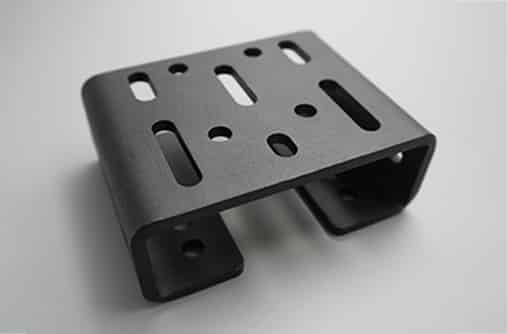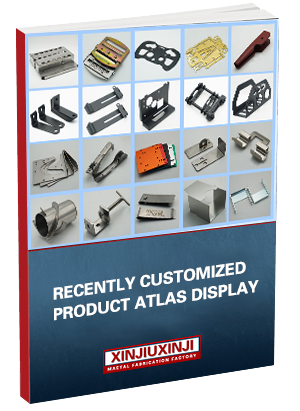Metal Bending Service In Sheet Metal Fabrication
- Precision and Versatility: Metal bending service enables the creation of complex shapes with high precision, accommodating various designs, from simple curves to intricate geometries. This flexibility is essential for industries like automotive, aerospace, and construction, where custom parts are required to fit specific applications.
- Material Efficiency: This process is designed to minimize waste by accurately shaping metal sheets or bars, which reduces material costs and supports sustainable production practices.
- Strength Preservation: Unlike other metalworking techniques, bending preserves the structural integrity of the material, ensuring the durability and reliability of the final product without compromising its strength.

2. Working Principle of Sheet Metal Bending Service
- Controlled Force Application: It controlled force is applied using press brakes or rollers to achieve the desired angles or curvatures. This precise control ensures uniform results, minimizing the need for secondary adjustments.
- Tooling Customization: Customizable dies and tools are essential , allowing the process to cater to a wide range of materials, thicknesses, and dimensions. This flexibility makes it suitable for diverse industries and applications.
3. Advantages of the Metal Bending Process
- Cost-Effectiveness: It is a streamlined, one-step process that reduces the need for multiple machining operations. This saves time and labor costs, making it a highly cost-effective solution for metal fabrication.
- Consistency and Repeatability: It ensures uniformity across large production runs, offering repeatable and consistent results. This is especially beneficial for projects that require high-volume production.
- Wide Range of Applications: It can handle diverse materials, including steel, aluminum, and various alloys, making it suitable for a broad spectrum of industrial needs.
-
WhatsApp
-
+8618892239158
-
Send Email
-
回到顶部







 +86 18892239158
+86 18892239158



